What is power electronics
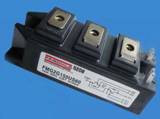 In this article we will talk about power electronics. What is power electronics, what is it based on, what are the advantages and what are its prospects? Let's dwell on the components of power electronics, briefly consider what they are, how they differ from each other and for what applications these or those types of semiconductor switches are suitable. Here are examples of power electronics devices used in everyday life, in manufacturing, and in everyday life.
In this article we will talk about power electronics. What is power electronics, what is it based on, what are the advantages and what are its prospects? Let's dwell on the components of power electronics, briefly consider what they are, how they differ from each other and for what applications these or those types of semiconductor switches are suitable. Here are examples of power electronics devices used in everyday life, in manufacturing, and in everyday life.
In recent years, power electronics devices have made a major technological breakthrough in energy conservation. Power semiconductor devices, due to their flexible controllability, enable efficient conversion of electricity. Today's weight and size and efficiency metrics have already brought converters to a qualitatively new level.
Many industries use soft starters, speed controllers, uninterruptible power supplies, operating on a modern semiconductor basis and exhibiting high efficiency. It's all power electronics.
Controlling the flow of electrical energy in power electronics is carried out with the help of semiconductor switches, which replace mechanical switches and which can be controlled according to the necessary algorithm to obtain the required average power and precise action of the working body of this or that equipment.
So, power electronics are used in transport, in the mining industry, in the field of communications, in many industries, and today not a single powerful household appliance can do without power electronic units included in its design.
The basic building blocks of power electronics are precisely the semiconductor key components that can open and close a circuit at various speeds, up to megahertz. In the on state, the resistance of the switch is units and fractions of ohms, and in the off state, megohms.
Key management does not require much power, and the losses on the key occurred during the switching process, with a well-designed driver, do not exceed one percent. For this reason, the efficiency of power electronics is high compared to the lossy positions of iron transformers and mechanical switches such as conventional relays.
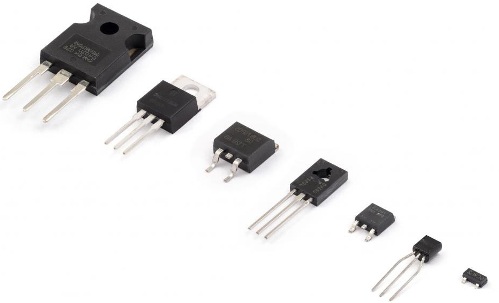
Power electronic devices are devices where the effective current is greater than or equal to 10 amperes. In this case, the key semiconductor elements can be: bipolar transistors, field-effect transistors, IGBT transistors, thyristors, triacs, lock-in thyristors and lock-in thyristors with integrated control.
Low control power also allows you to create power microcircuits in which several blocks are combined at once: the switch itself, the control circuit and the control circuit, these are the so-called smart circuits.
These electronic building blocks are used in both high power industrial installations and household electrical appliances. An induction oven for a few megawatts or a home steamer for a few kilowatts—both have solid-state power switches that simply operate at different wattages.
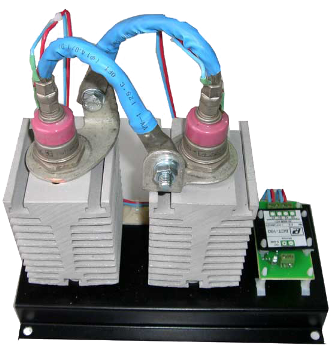
Thus, power thyristors work in converters with a capacity of more than 1 MVA, in circuits of electric drives with direct current and alternating current drives with high voltage, are used in installations for compensation of reactive power, in installations for induction melting.
Locking thyristors are controlled more flexibly, they are used to control compressors, fans, pumps with a capacity of hundreds of kVA, and the potential switching power exceeds 3 MVA. IGBT transistors enable the deployment of converters with a capacity of up to MVA units for various purposes, both for motor control and for providing continuous power supply and switching of high currents in many static installations.
MOSFETs have excellent controllability at frequencies of hundreds of kilohertz, which greatly expands their range of applicability compared to IGBTs.
Triacs are optimal for starting and controlling AC motors, they can operate at frequencies up to 50 kHz, and require less energy to control than IGBT transistors.
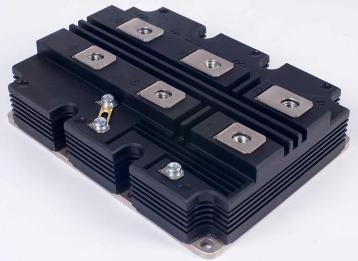
Today, IGBTs have a maximum switching voltage of 3500 volts and potentially 7000 volts.These components may replace bipolar transistors in the coming years and will be used on equipment up to MVA units. For low-power converters, MOSFETs will remain more acceptable, and for more than 3 MVA - lock-in thyristors.
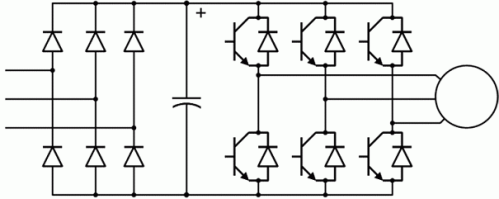
According to analysts' forecasts, most of the semiconductors in the future will have a modular design, where two to six key elements are located in one package. The use of modules allows you to reduce the weight, size and cost of the equipment in which they will be used.
For IGBT transistors, the progress will be an increase in currents up to 2 kA at voltages up to 3.5 kV and an increase in operating frequencies up to 70 kHz with simplified control schemes. A module can contain not only switches and a rectifier, but also a driver and active protection circuits.
Transistors, diodes, thyristors manufactured in recent years have already significantly improved their parameters, such as current, voltage, speed, and progress does not stand still.
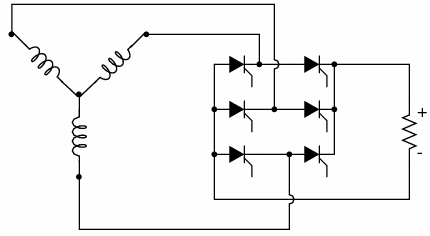
For a better conversion of alternating current into direct current, controlled rectifiers are used, which allow a smooth change of the rectified voltage in the range from zero to nominal.
Today, in DC electric drive excitation systems, thyristors are mainly used in synchronous motors. Double thyristors — triacs — have only one gate electrode for two connected antiparallel thyristors, which makes control even easier.
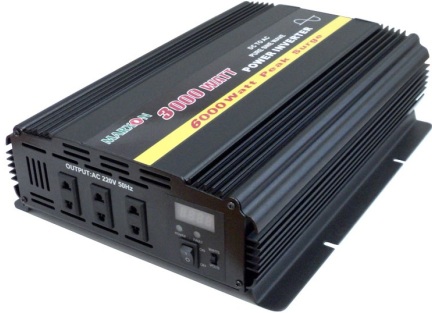
To perform the reverse process, the conversion of direct voltage to alternating voltage is used inverters… Independent semiconductor switch inverters give an output frequency, shape and amplitude determined by the electronic circuit, not by the network. Inverters are made based on different types of key elements, but for large powers, more than 1 MVA, again, IGBT transistor inverters come out on top.
Unlike thyristors, IGBTs provide a wider and more accurate shaping of the output current and voltage. Low-power car inverters use field-effect transistors in their work, which at powers up to 3 kW do an excellent job of converting the direct current of a 12-volt battery, first into direct current, through a high-frequency pulse converter operating at a frequency of 50 kHz to hundreds of kilohertz, then in alternating 50 or 60 Hz.
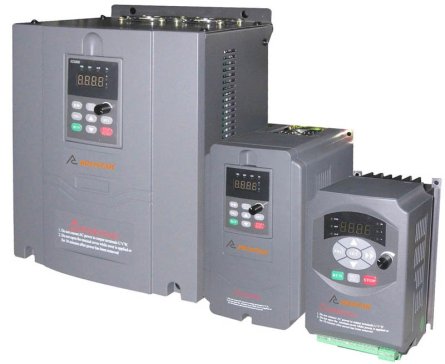
To convert a current of one frequency to a current of another frequency, use semiconductor frequency converters… Previously, this was done solely on the basis of thyristors, which did not have full controllability; it was necessary to develop complex schemes for forced locking of thyristors.
The use of switches such as field-effect MOSFETs and IGBTs facilitates the design and implementation of frequency converters, and it can be predicted that thyristors, especially in low-power devices, will be abandoned in favor of transistors in the future.
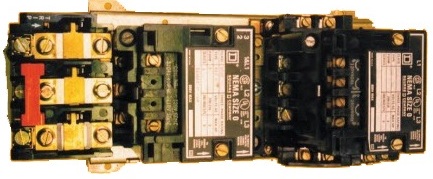
Thyristors are still used to reverse electric drives; it is enough to have two sets of thyristor converters to provide two different current directions without switching required. This is how modern non-contact reversible starters work.
We hope that our short article was useful for you and now you know what power electronics is, what power electronics elements are used in power electronic devices and how great the potential of power electronics is for our future.
